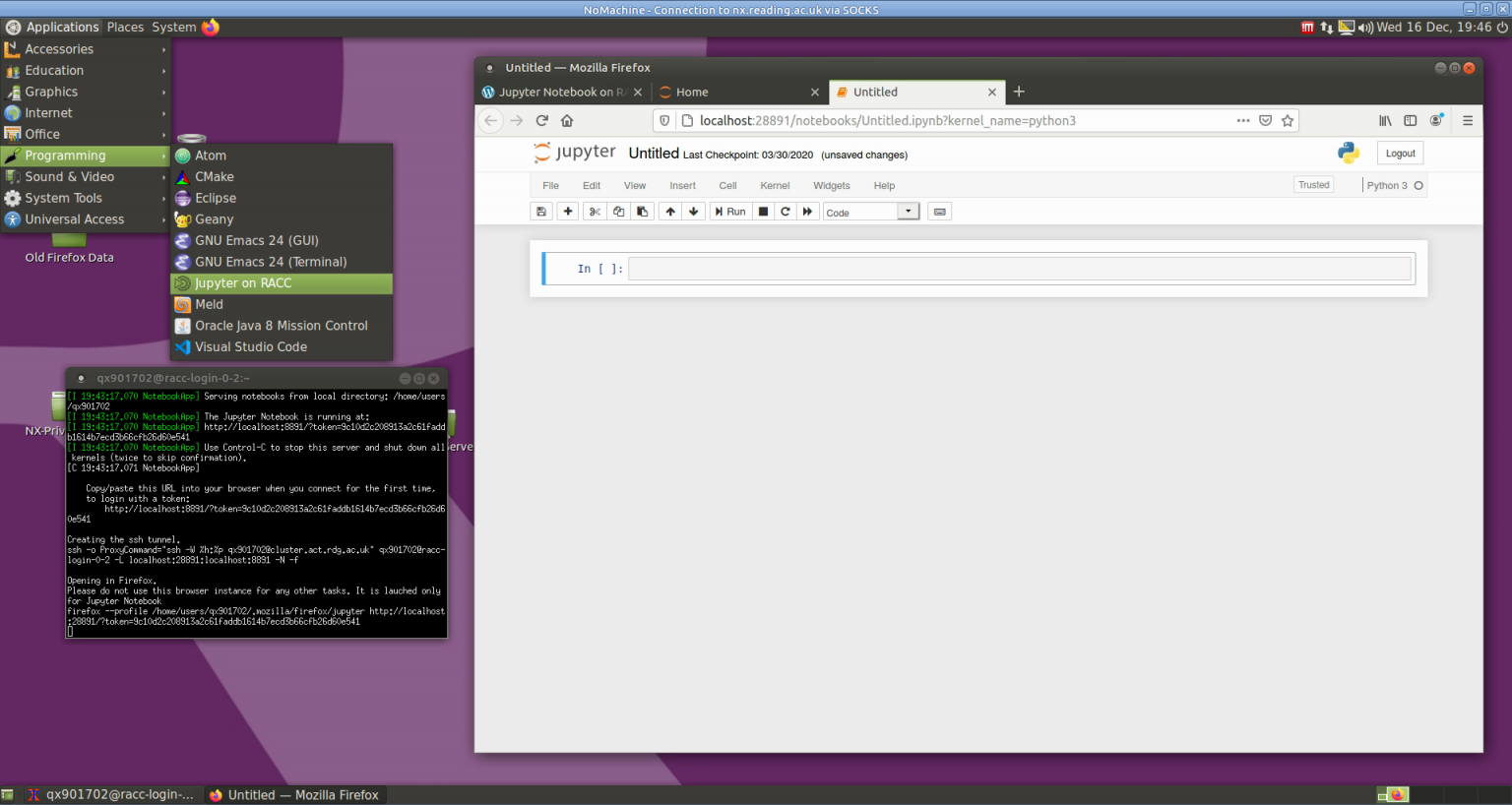
To save this notebook go to the options menu at the top right of the pane and click the Save as… option. This can serve as a scratch pad where you can do quick calculations and plots.

A new Jupyter Notebook will be opened as a tab, ready for user input in a temporary file. You can also click the Plus button at the top right of the pane. When switching to it, a welcome screen will be displayed, from where you can create a new notebook by right-clicking it and selecting New notebook. You will see it then as a tab in the bottom of the editor area. Partial list of installed packages: astropy, babel, bokeh, cryptography, cvxopt, Fiona, geopandas, geopy, lxml, matplotlib, numpy, openCV, pandas, pillow, pyFFTW, pyproj, rasterio, regex, shapely, sympy, wordcloud.When the Notebook is installed, it will be available under the menu item View ‣ Panes ‣ Notebook. You can share your notebooks with other apps and also open notebooks or directories managed by other apps.

If you need scipy, seaborn or scikit-learn, please use our other App, "Carnets - Jupyter (with scipy)".

You can add more packages using "%pip install packageName", but only if they are pure Python. To see the full list of installed packages, type "%pip list" in a code window. Numpy, Sympy, Matplotlib, Pandas, lxml, bokeh, nbextensions (including ipywidgets) and many other packages are pre-installed. Everything runs on your device, using the embedded Python interpreter you do not need an internet connection. You can chose between Jupyter notebooks and the more advance Jupyterlab using Settings. You can write small snippets of Python code and observe the result on screen, combine with paragraphs of text, using Markdown.Ĭarnets provides a complete, stand-alone, implementation of Jupyter notebooks. Jupyter notebooks are a powerful tool used in education and research.

The power of Jupyter notebooks (and jupyterlab), running locally, on your device.


 0 kommentar(er)
0 kommentar(er)
